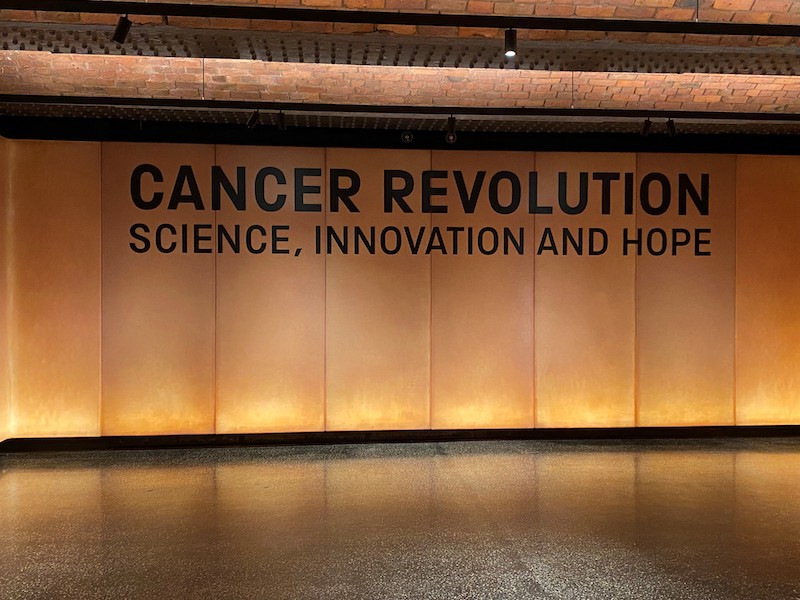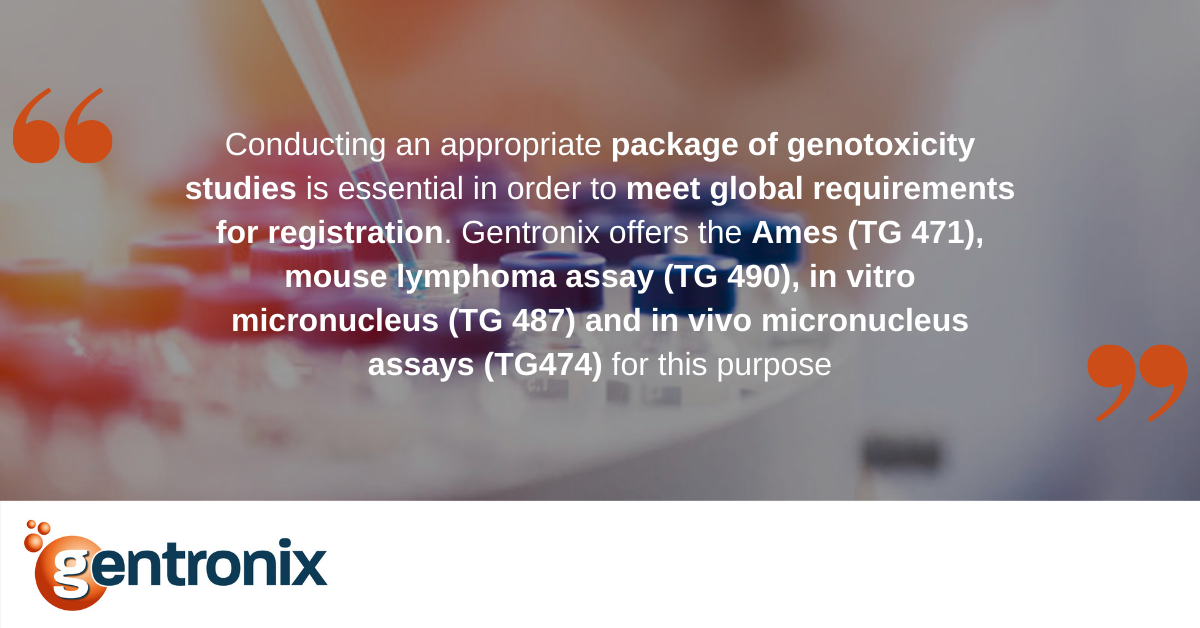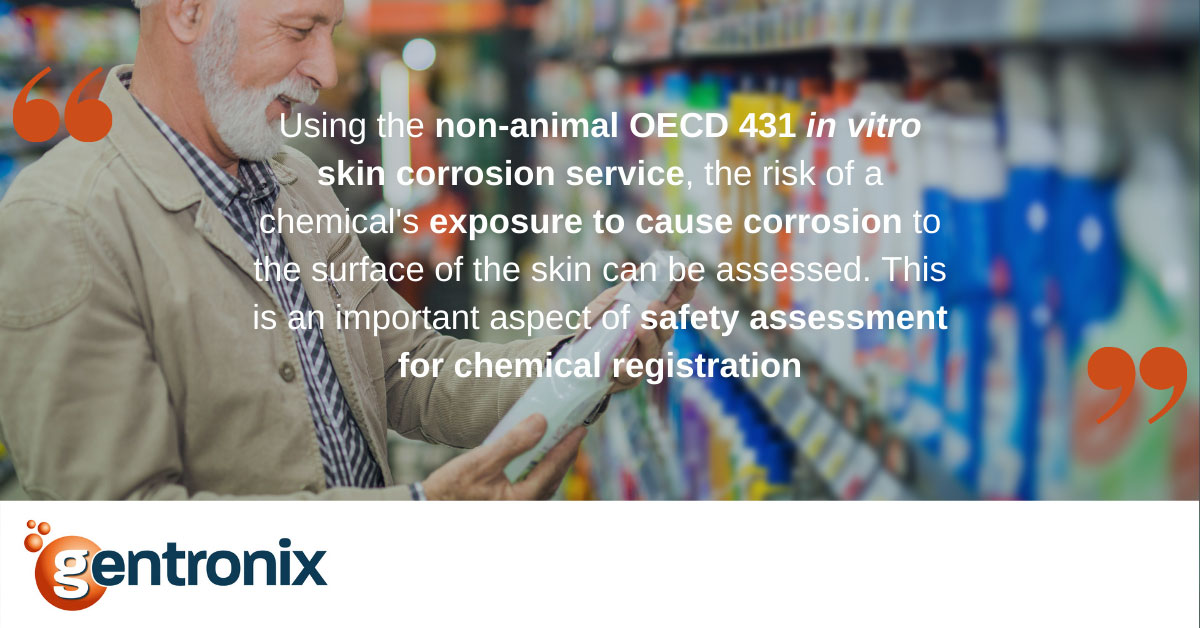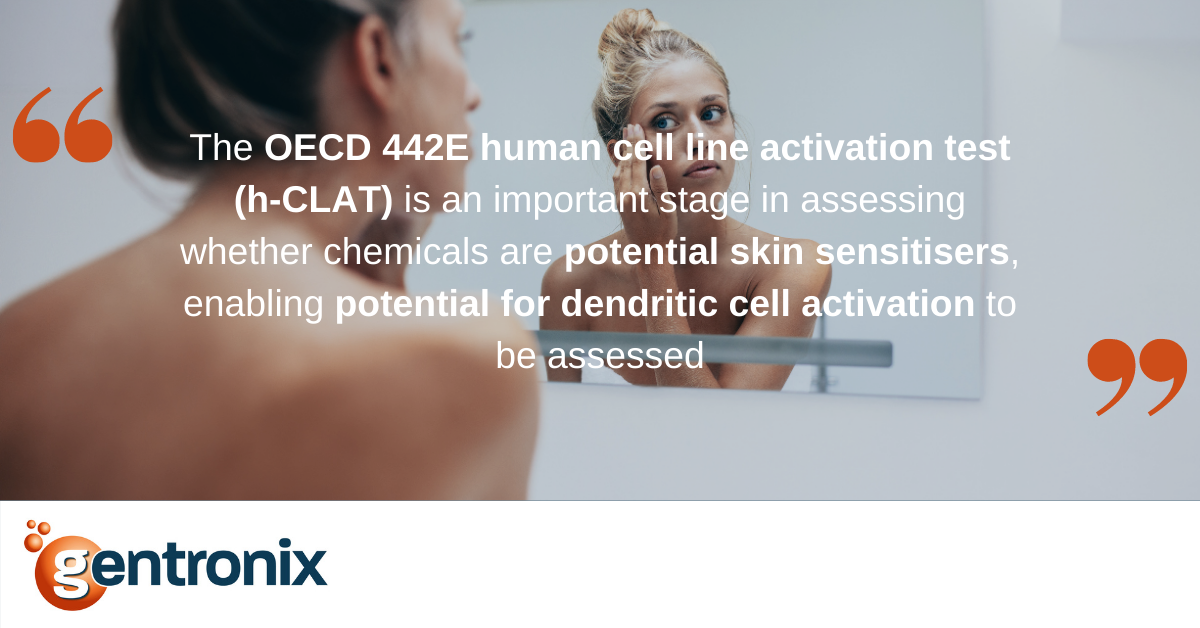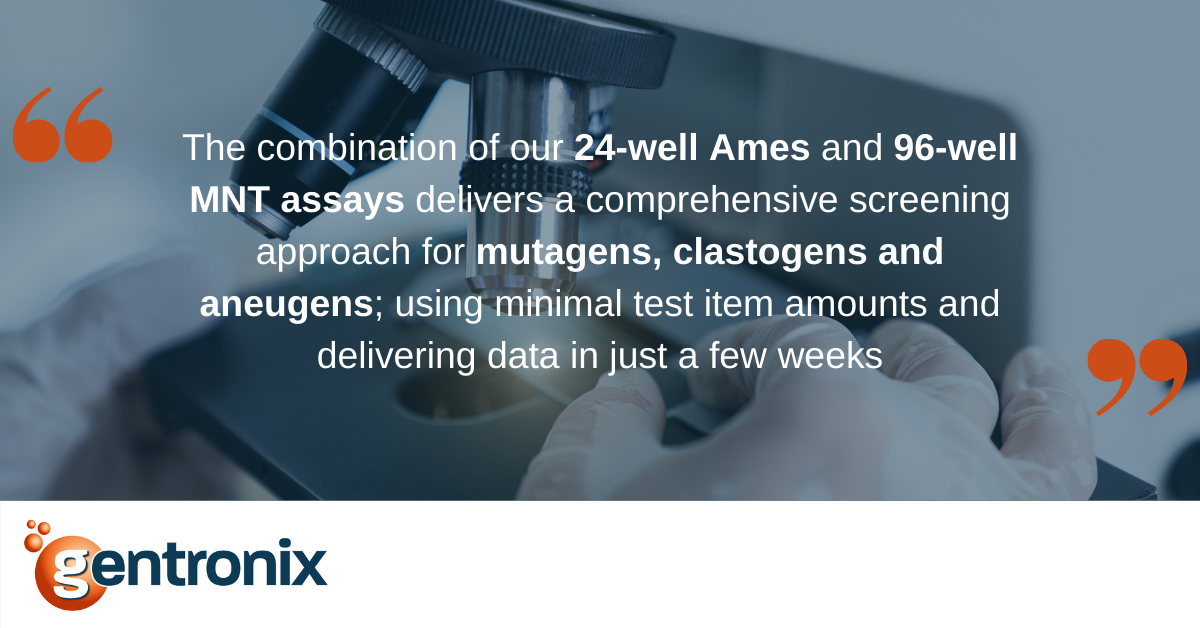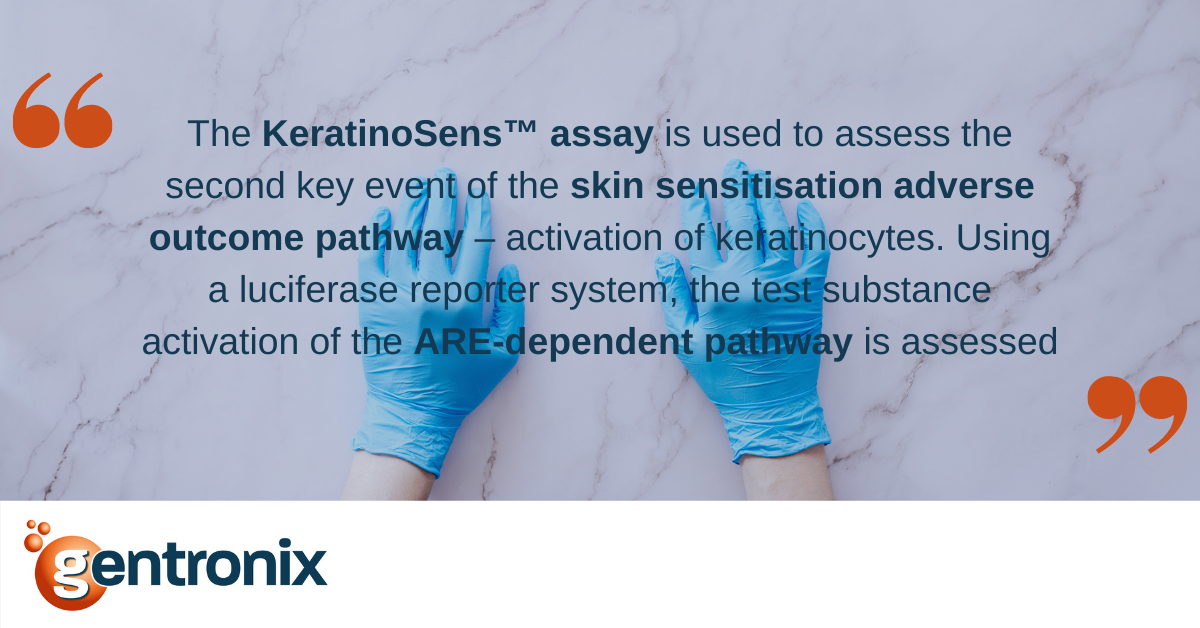The emergence of skin sensitisation assessment as an in vitro science
Until the last few years, testing chemicals for skin sensitisation potential was primarily conducted using animal studies and, where applicable, human patch testing. Methods such as the Buehler test, guinea pig maximisation test and the local lymph node assay have been around for years and were the cornerstone of skin sensitisation assessment. However, knowledge about skin sensitisation biology has advanced, and so has the desire to find non-animal alternatives for skin allergenicity testing.
We have previously explored the skin sensitisation adverse outcome pathway (AOP) and non-animal skin sensitisation testing in our blogs. Studies looking at different key events in the skin sensitisation AOP were developed and had OECD guidelines written and then adopted. All of the individual studies have certain chemicals that they are not suited for, but when used together with other information, like in silico predictions, they can be used to determine an overall prediction based on the weight of evidence.
Gentronix moves into skin sensitisation testing.
Gentronix had been looking to expand its service range for a while before deciding to work up and validate skin sensitisation studies in 2018. We chose the DPRA (OECD 442C), KeratinoSensTM (OECD 442D) and h-CLAT (OECD 442E) to cover AOP key events 1, 2 and 3. This would present new challenges to us, but it would allow us to offer wider services beyond our extensive genotoxicity experience and to push into a new area of toxicology. To help with this, we brought in Marie Cumberbatch, an experienced immunologist, to give a better steer on the science and to provide subject matter expertise for our study team.
To get these studies up and running, we have had to get to know new cell types – or, in the case of DPRA, performing studies without cells. The cells took a bit of getting to know but are now familiar to us, and experience helps you keep them performing at the level required for reproducible and reliable data.
One of the first things we found when setting up these assays was that, while we decided to get them up to speed in a non-GLP manner, our client base was more interested in GLP studies or performing non-GLP studies in a manner as close to OECD/GLP studies as possible. This prompted a re-think and some retraining, such as getting our study director and her team trained in all aspects of GLP and also ready for the extra scrutiny needed to be GLP system owners for computer systems.
We also needed analytical support, and being based at Alderley Park was a help to us. Partnering on our DPRA studies are Alderley Analytical, who conduct the HPLC analysis part of the study for us and are just across the corridor. Learning to plan and work effectively in tandem has been a learning experience, and it worked.
What Gentronix offer now
We offer DPRA, KeratinoSensTM and h-CLAT studies to GLP and OECD guideline compliance to help clients support risk assessments and hazard classification and labelling requirements under REACH, the cosmetics directive, pesticides and for general chemicals. With these tools, we can help you get your products on the market, and help you minimise animal testing at the same time.
To hear more about our skin sensitisation offering, or to request a quote contact us at info@gentronix.co.uk, or visit the following link for more information: https://gentronix.co.uk/services/skin-toxicology/skin-sensitisation/

